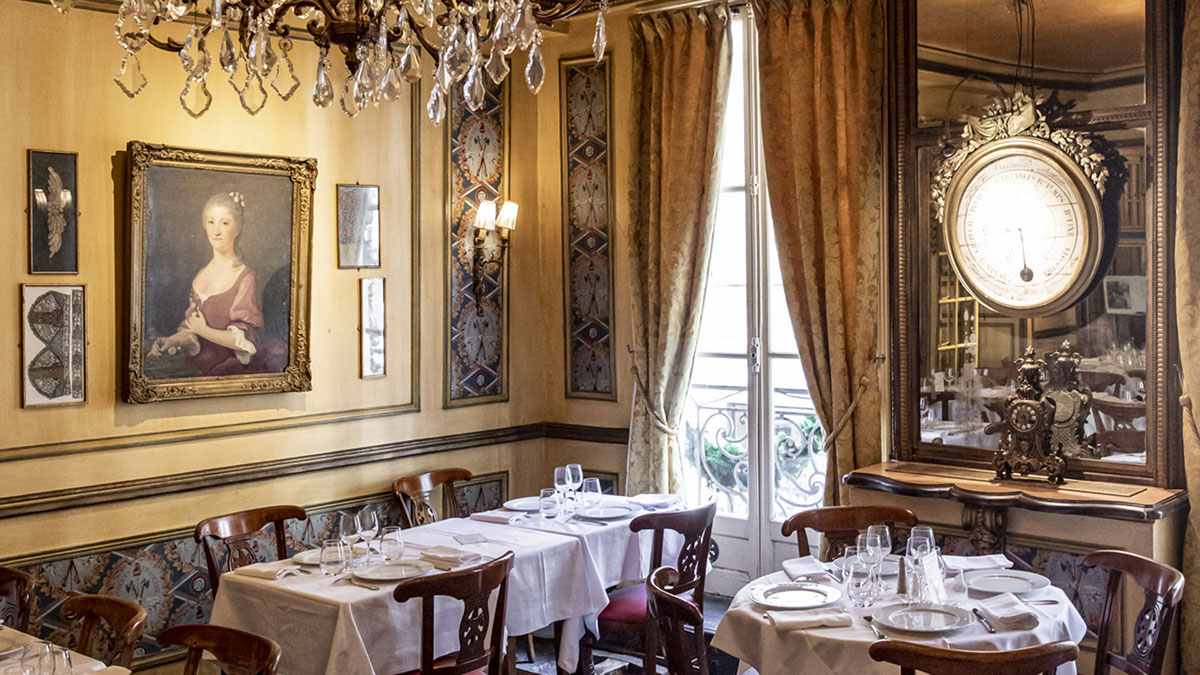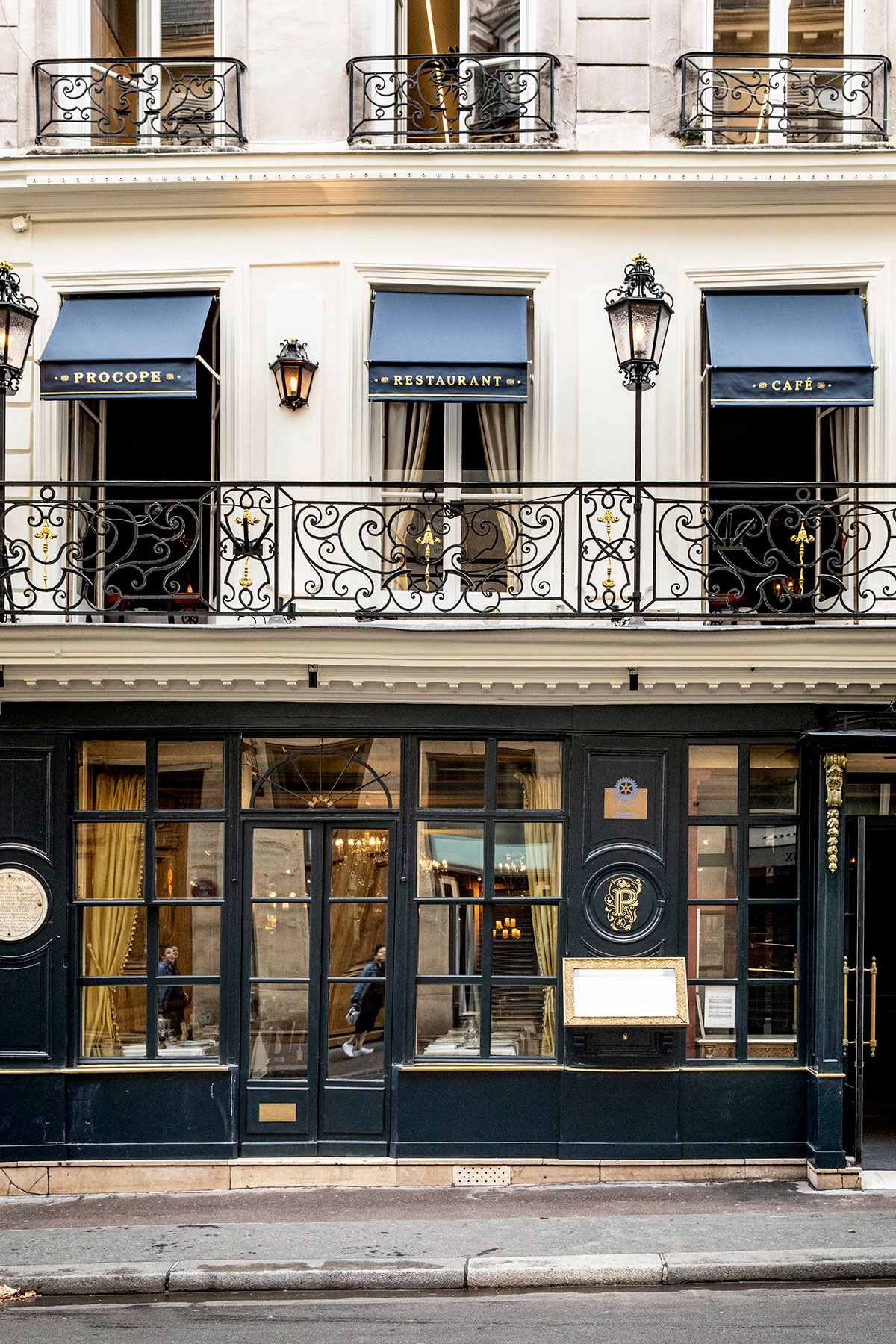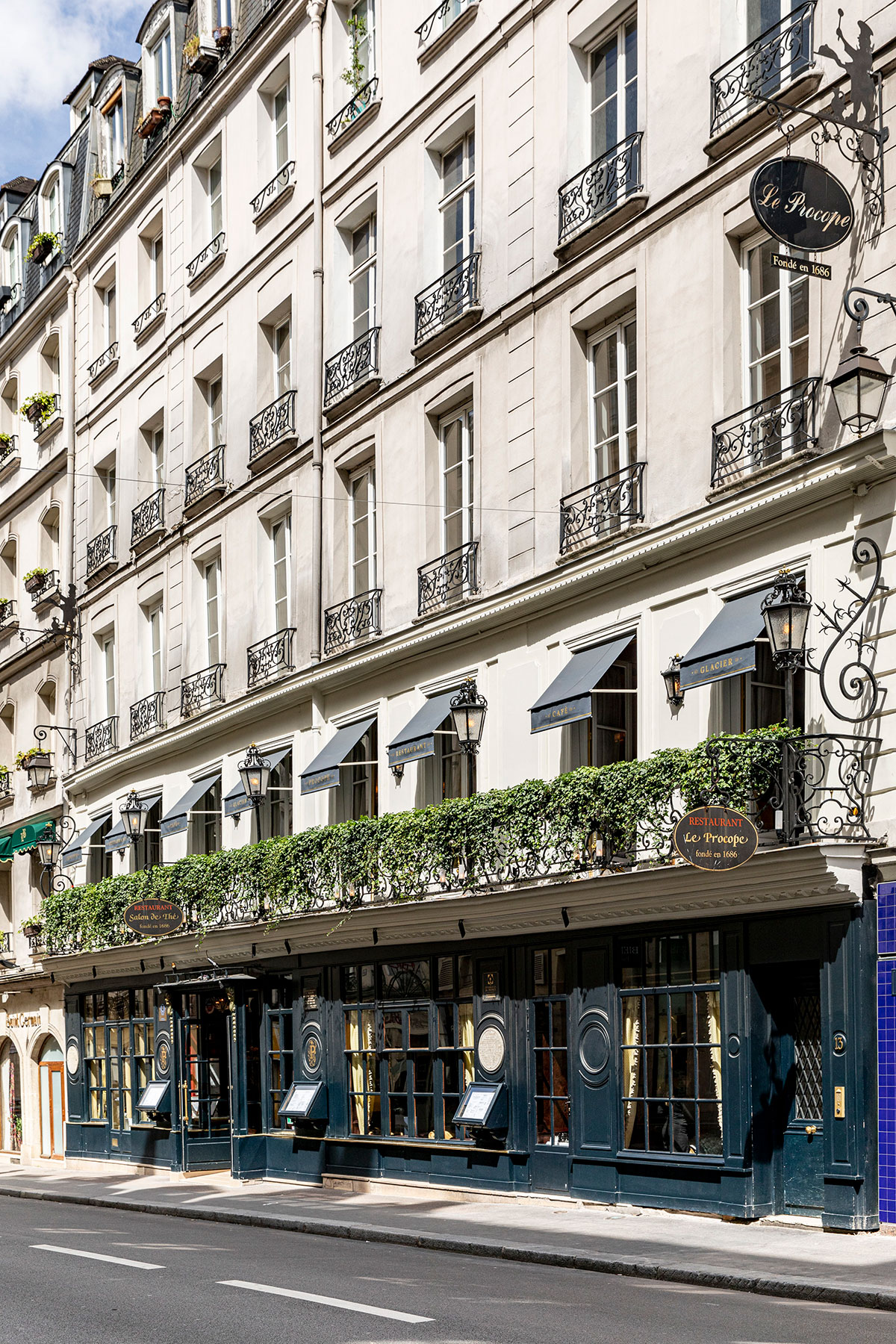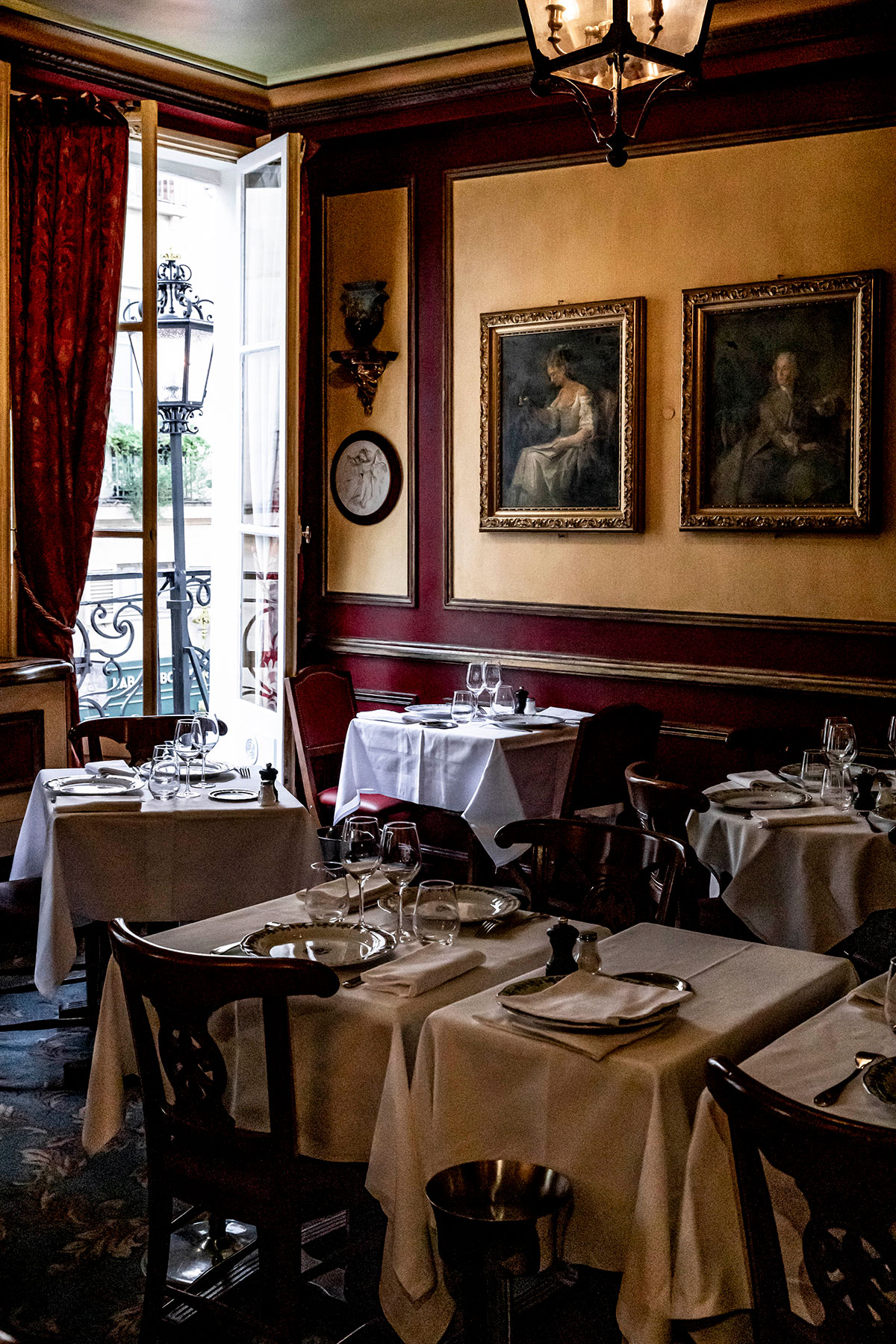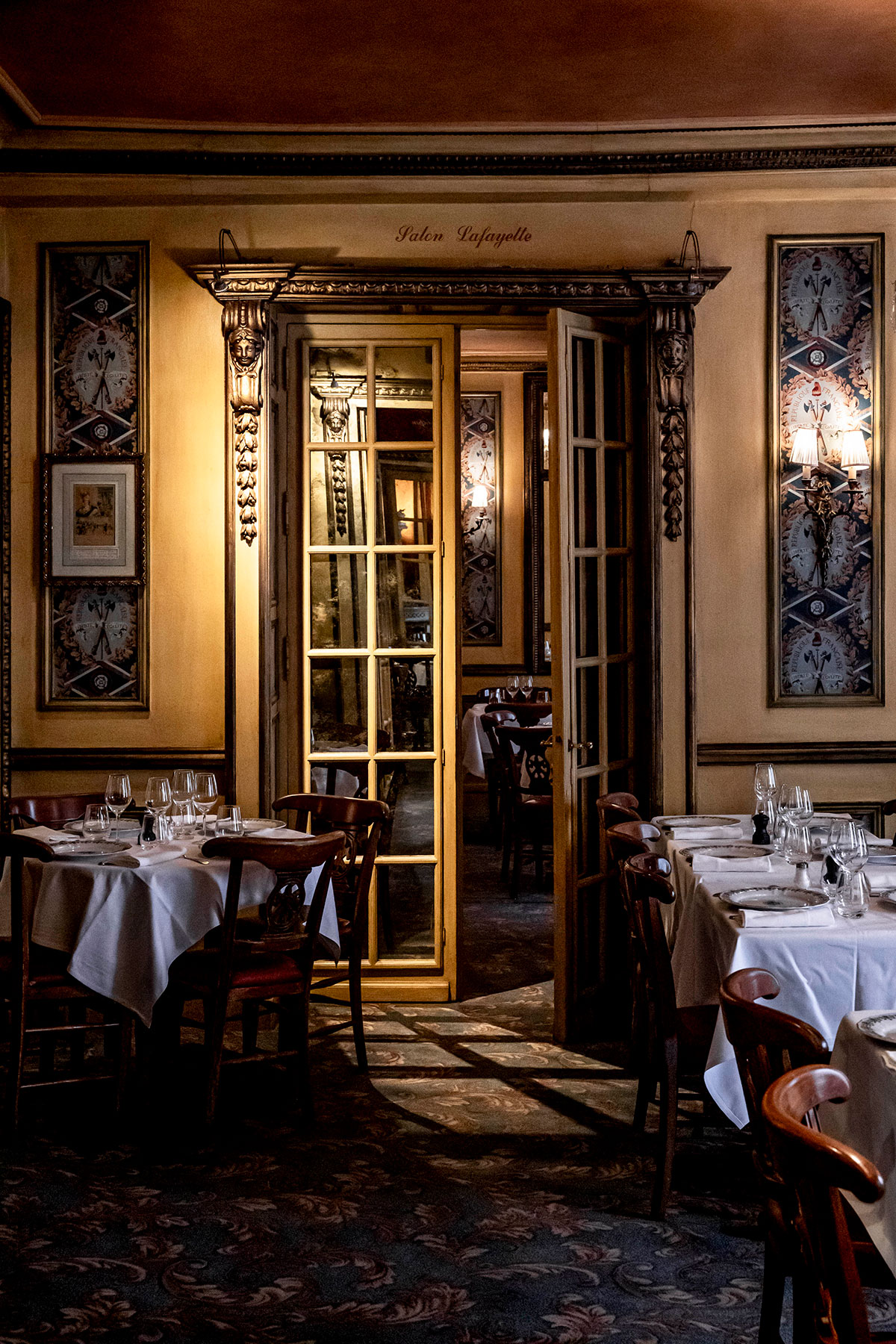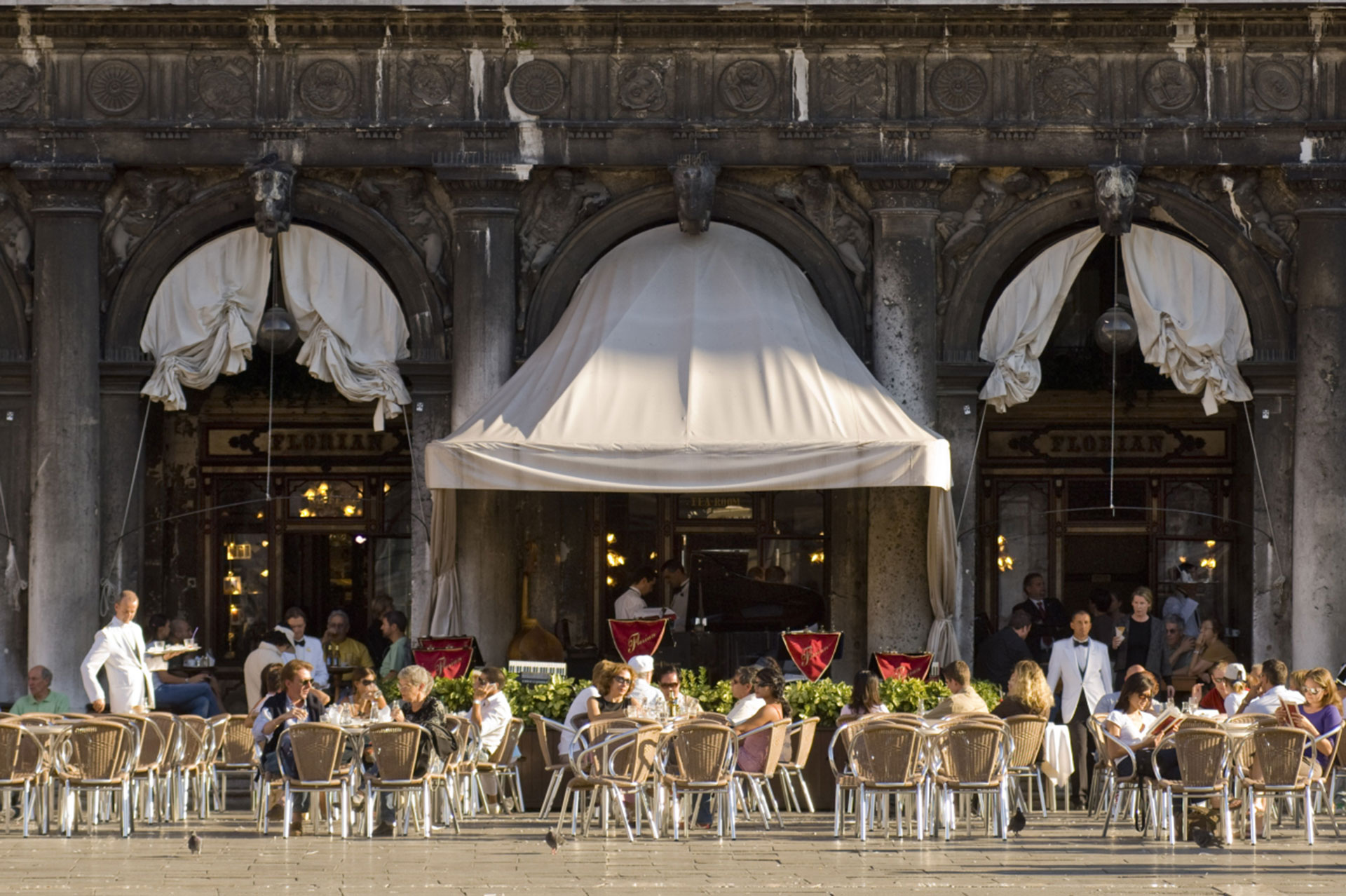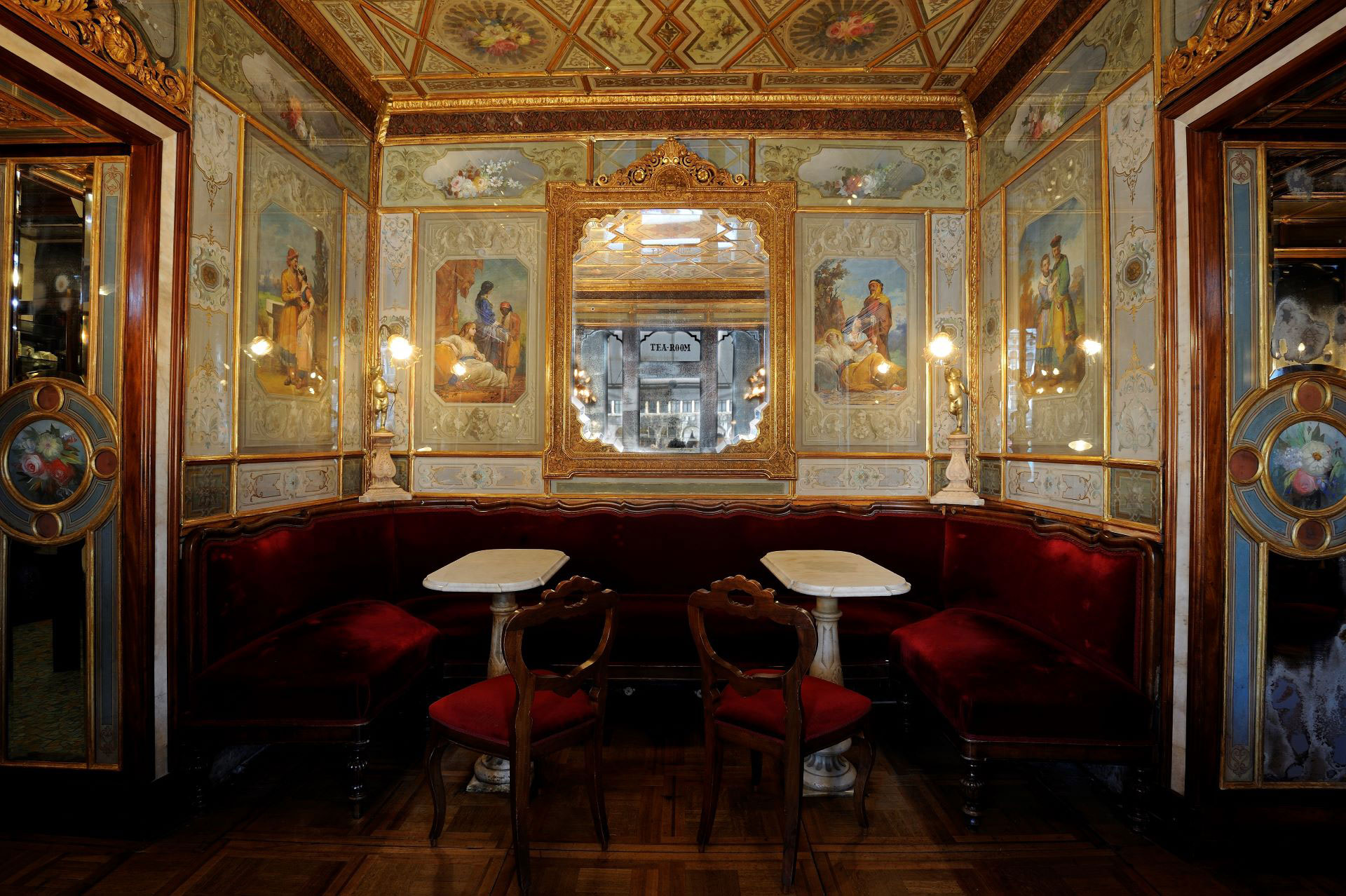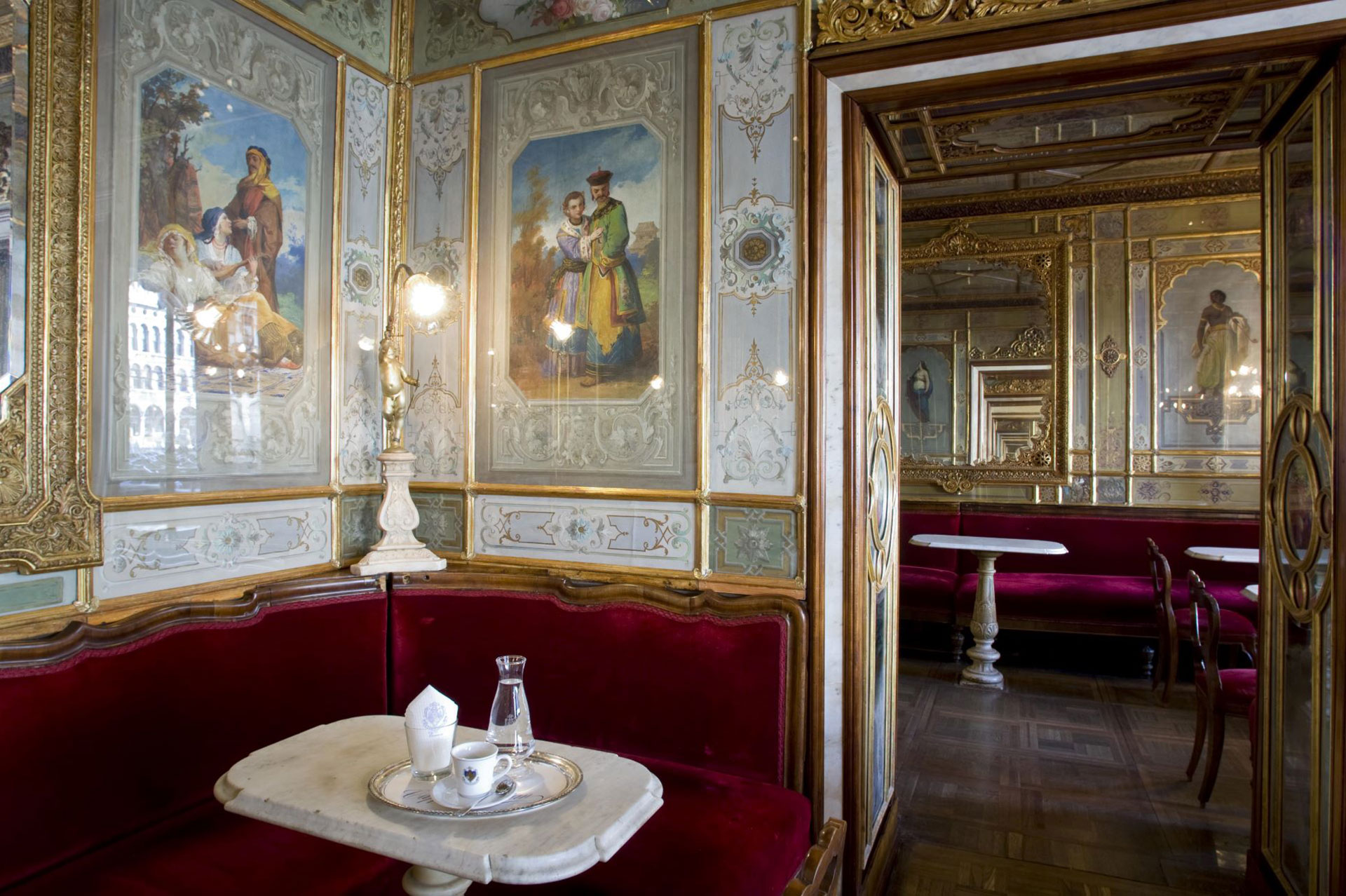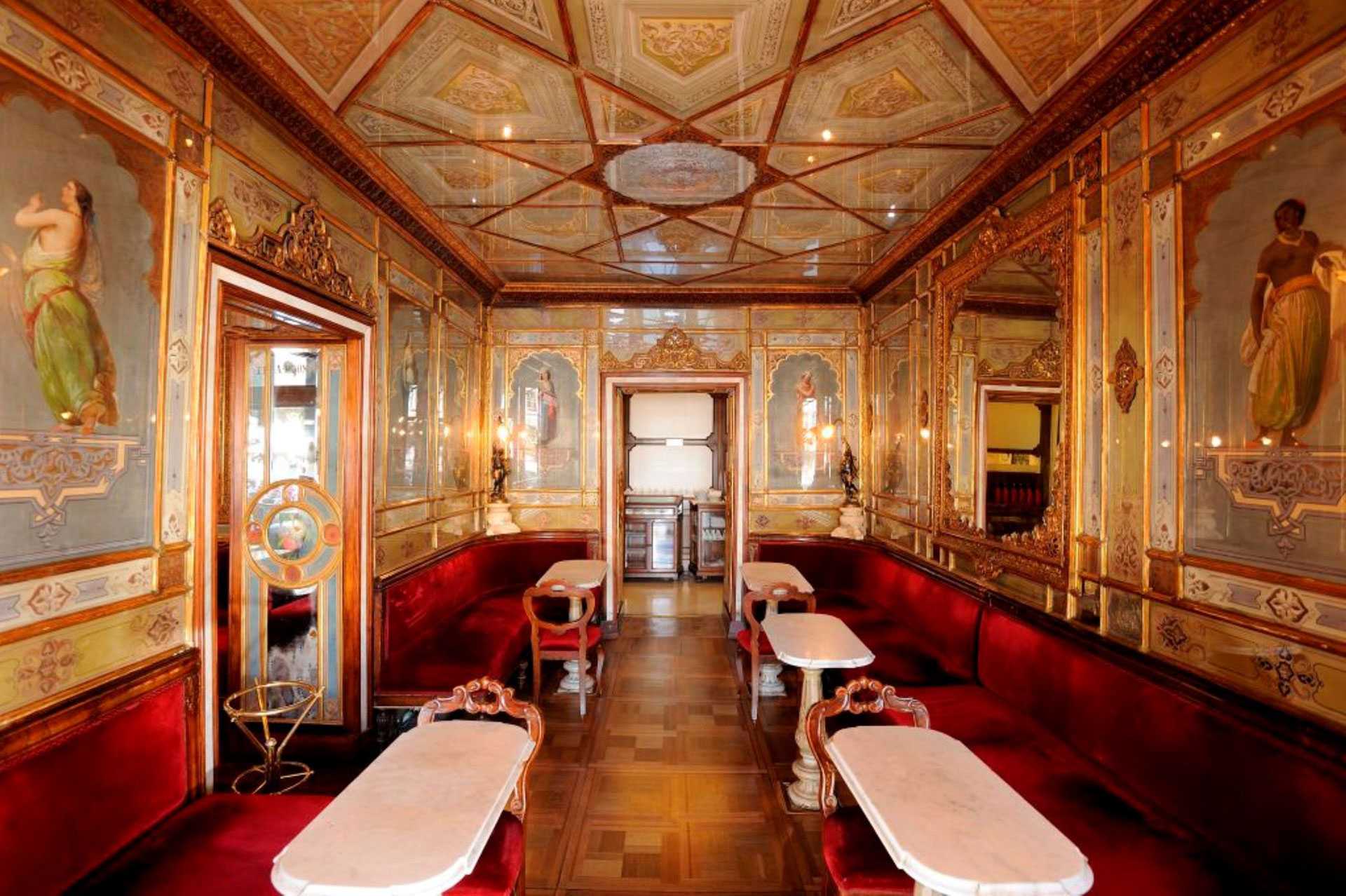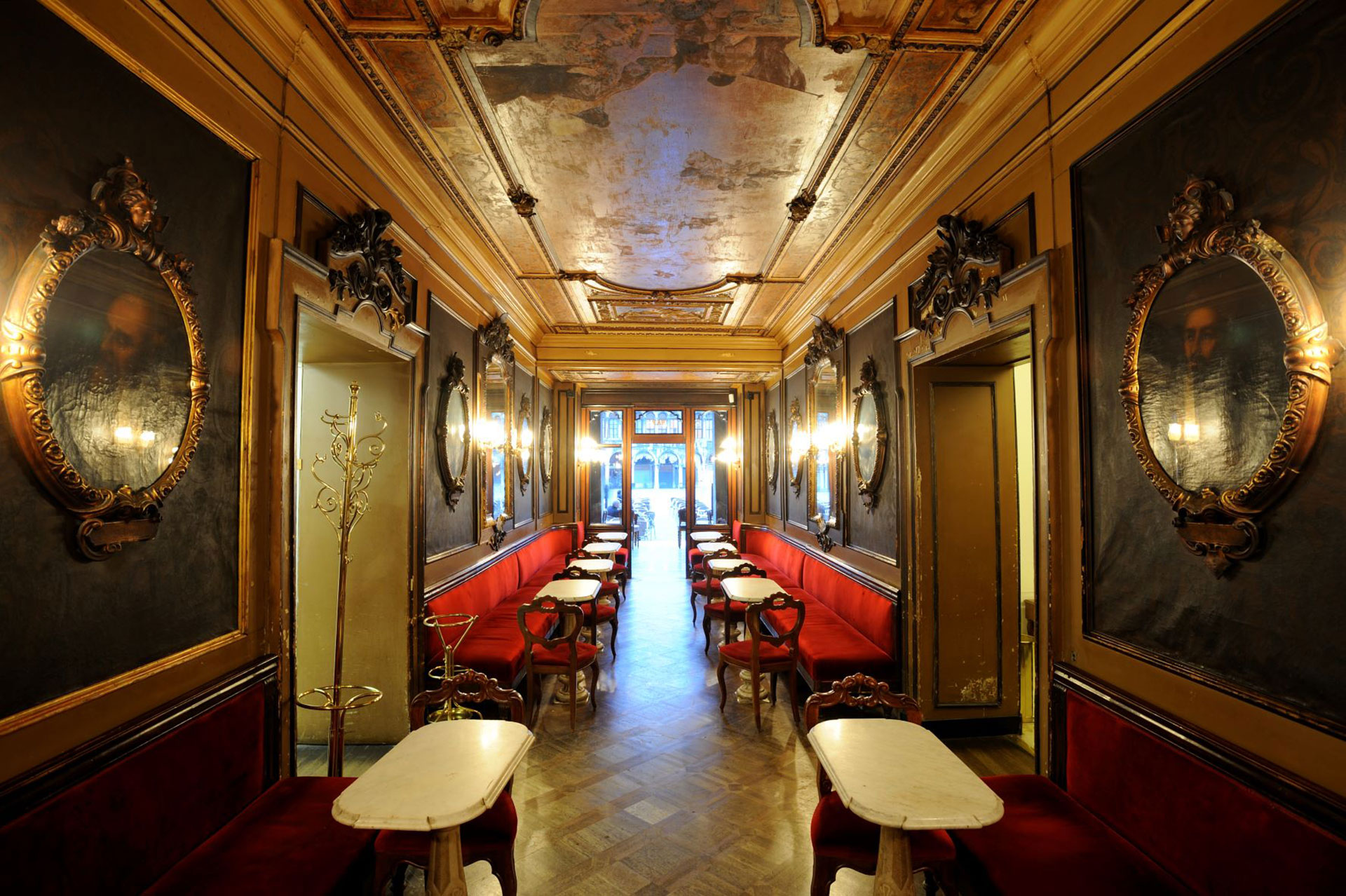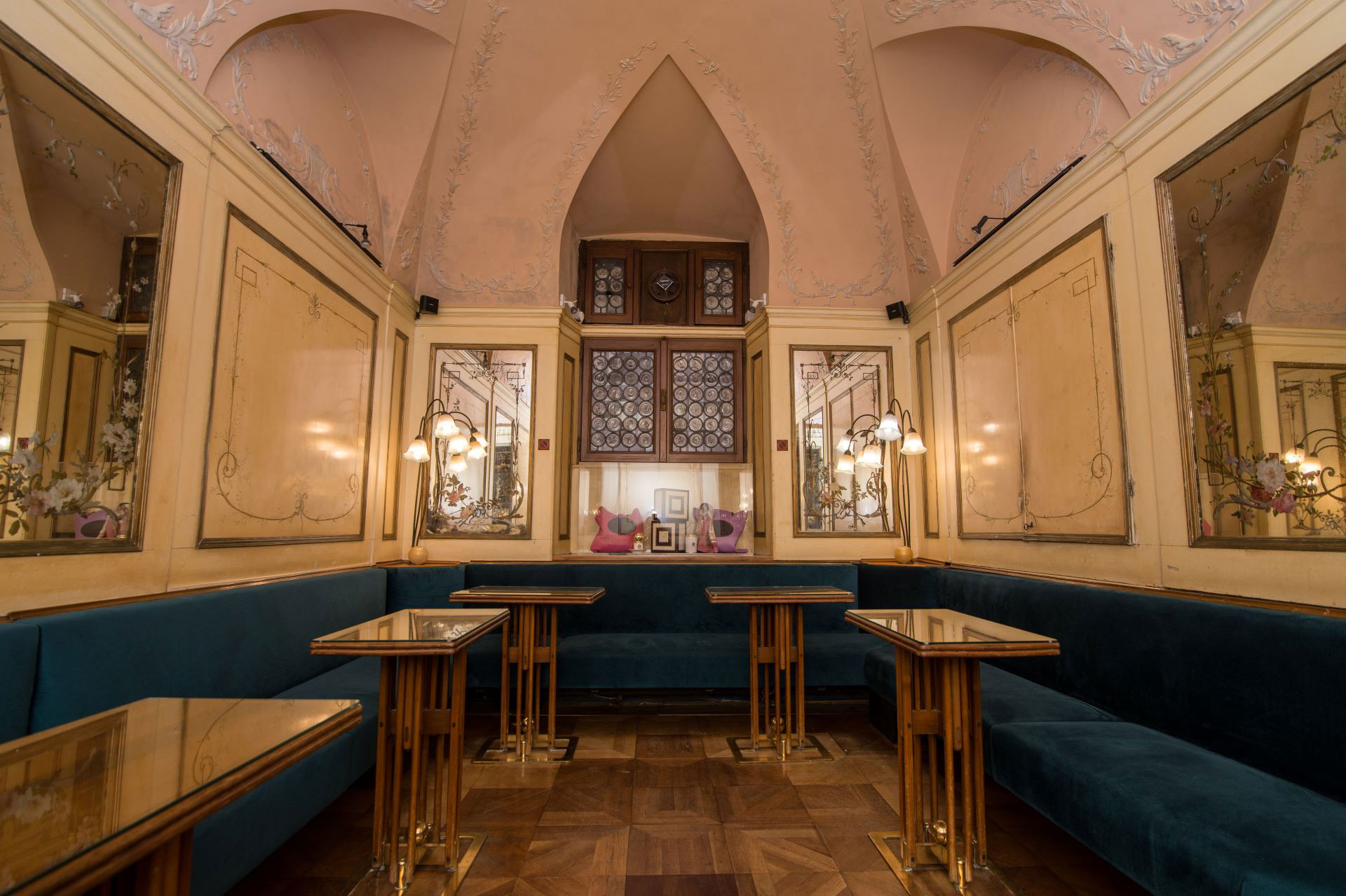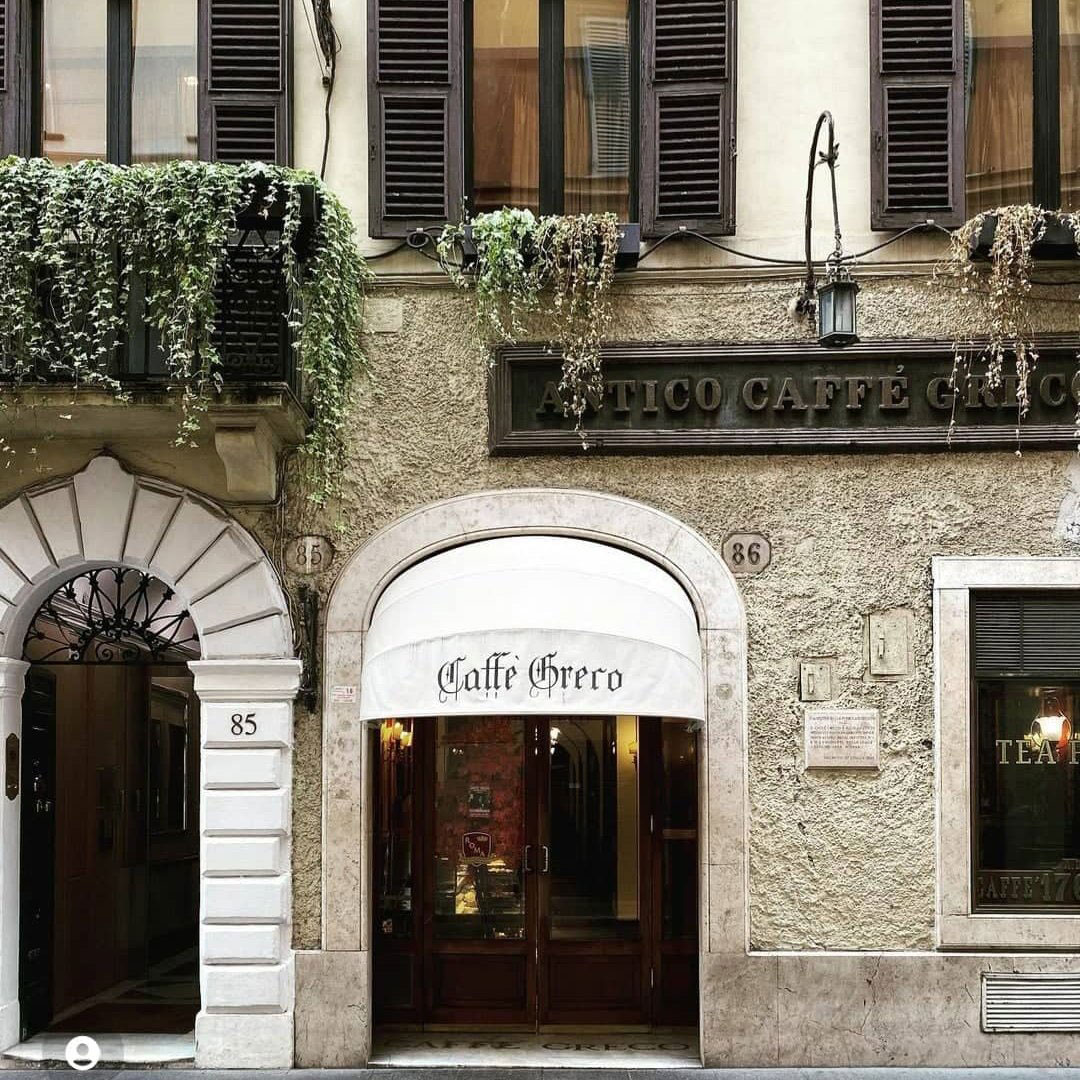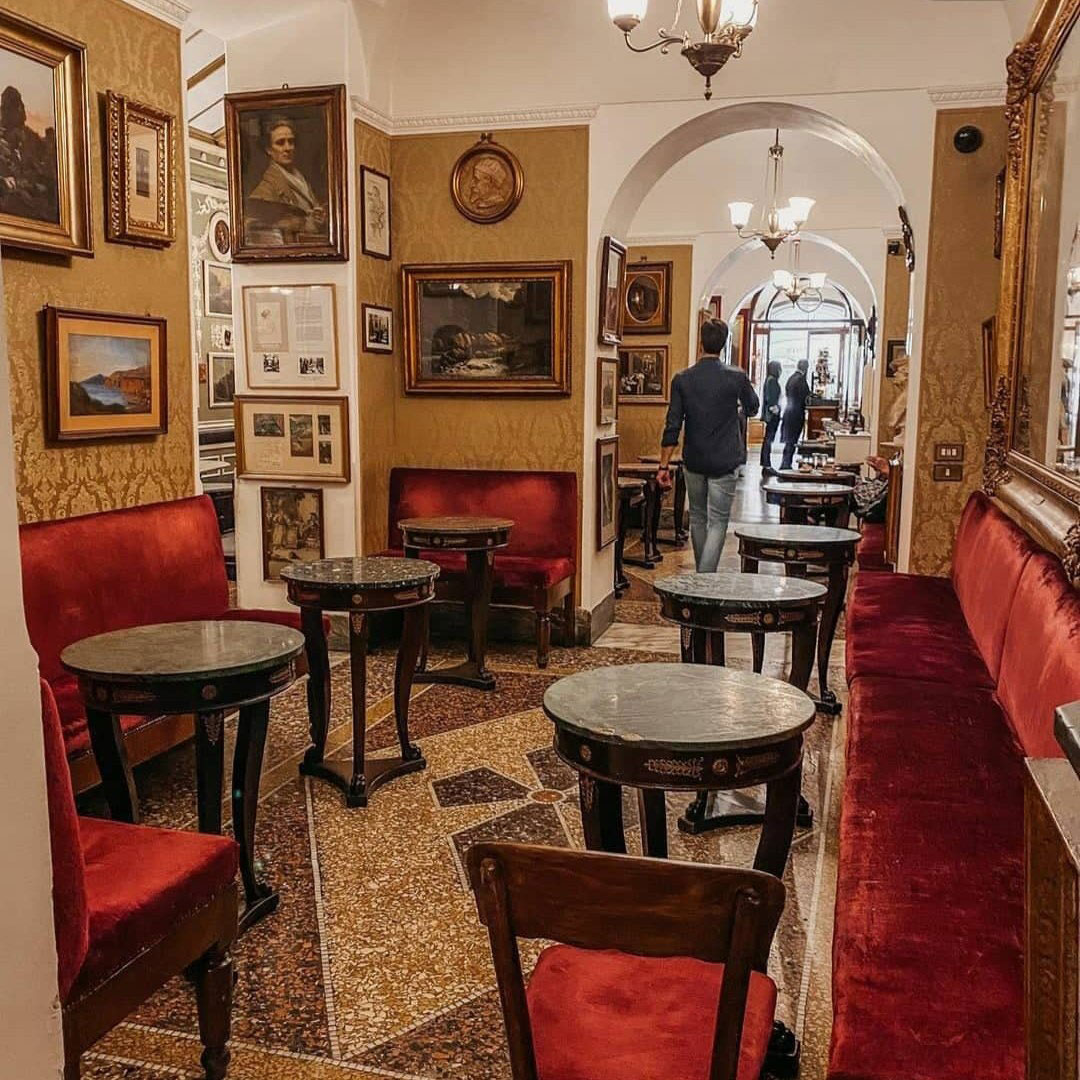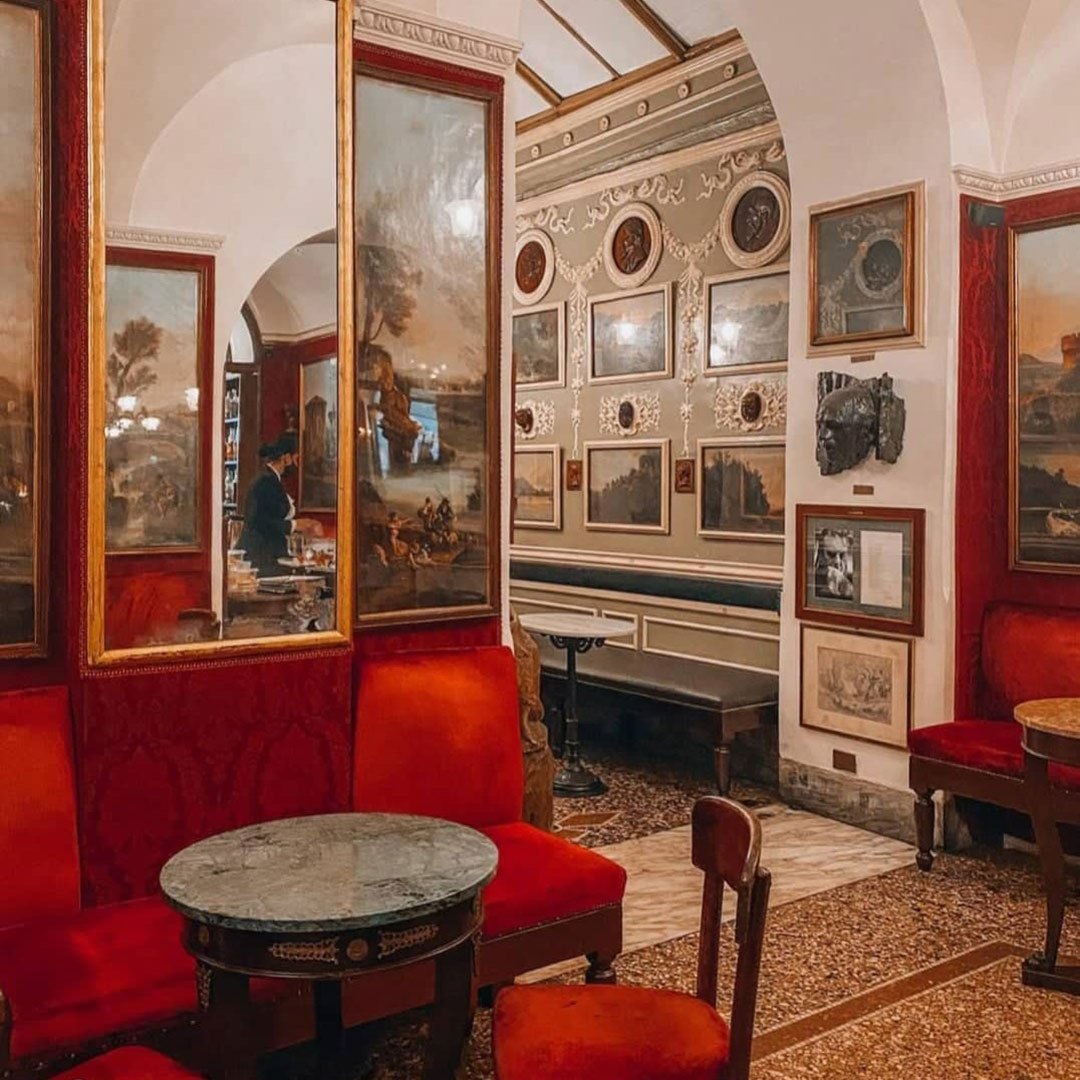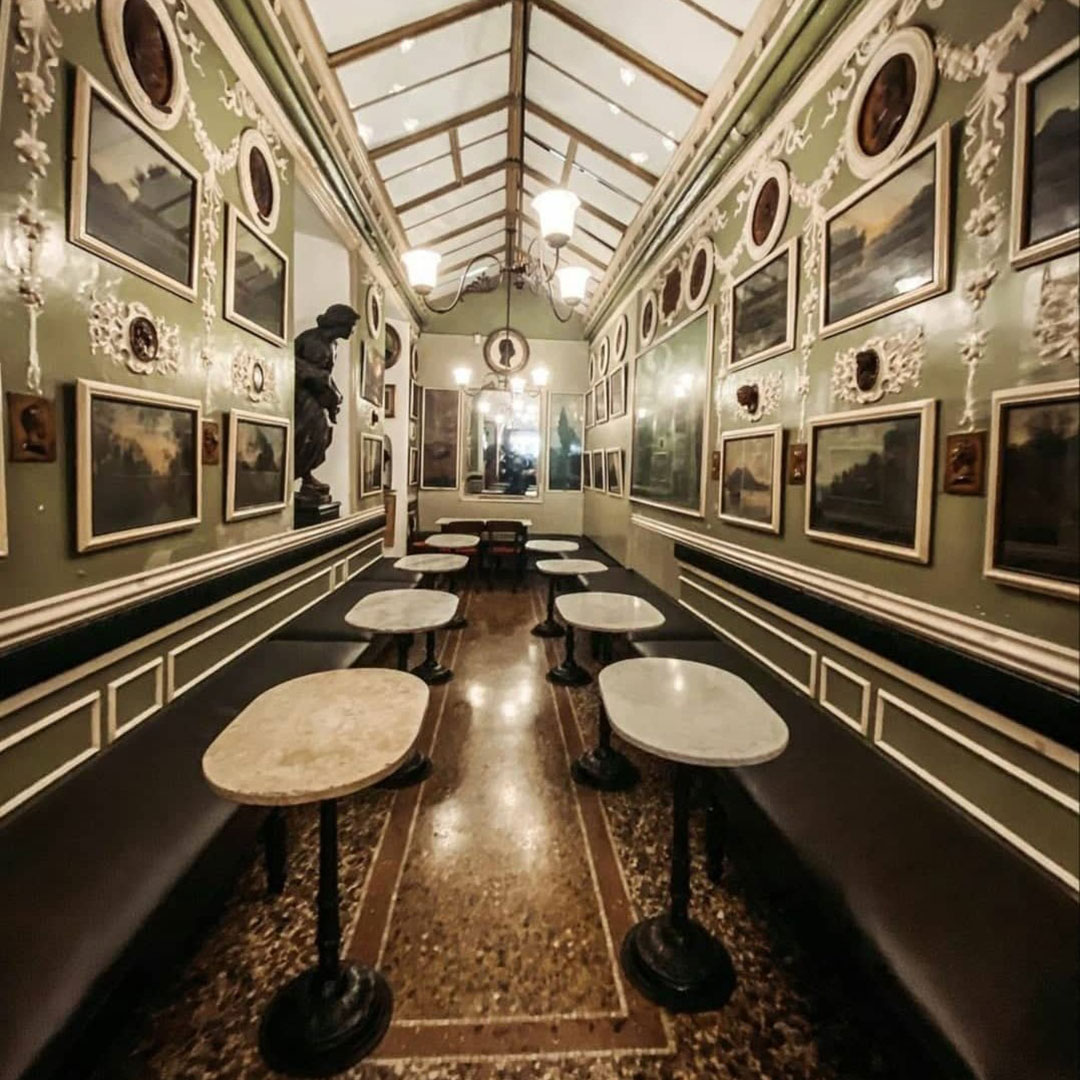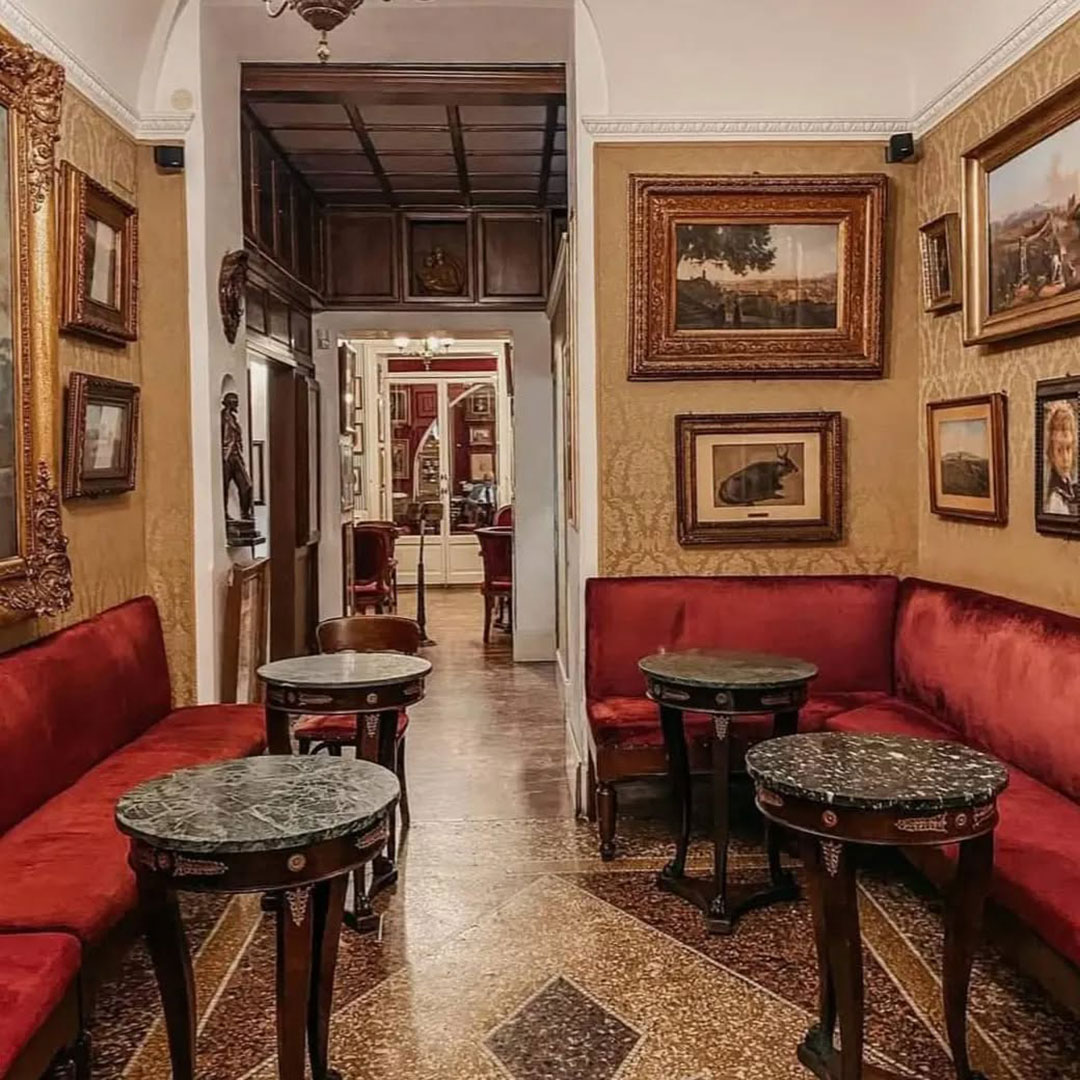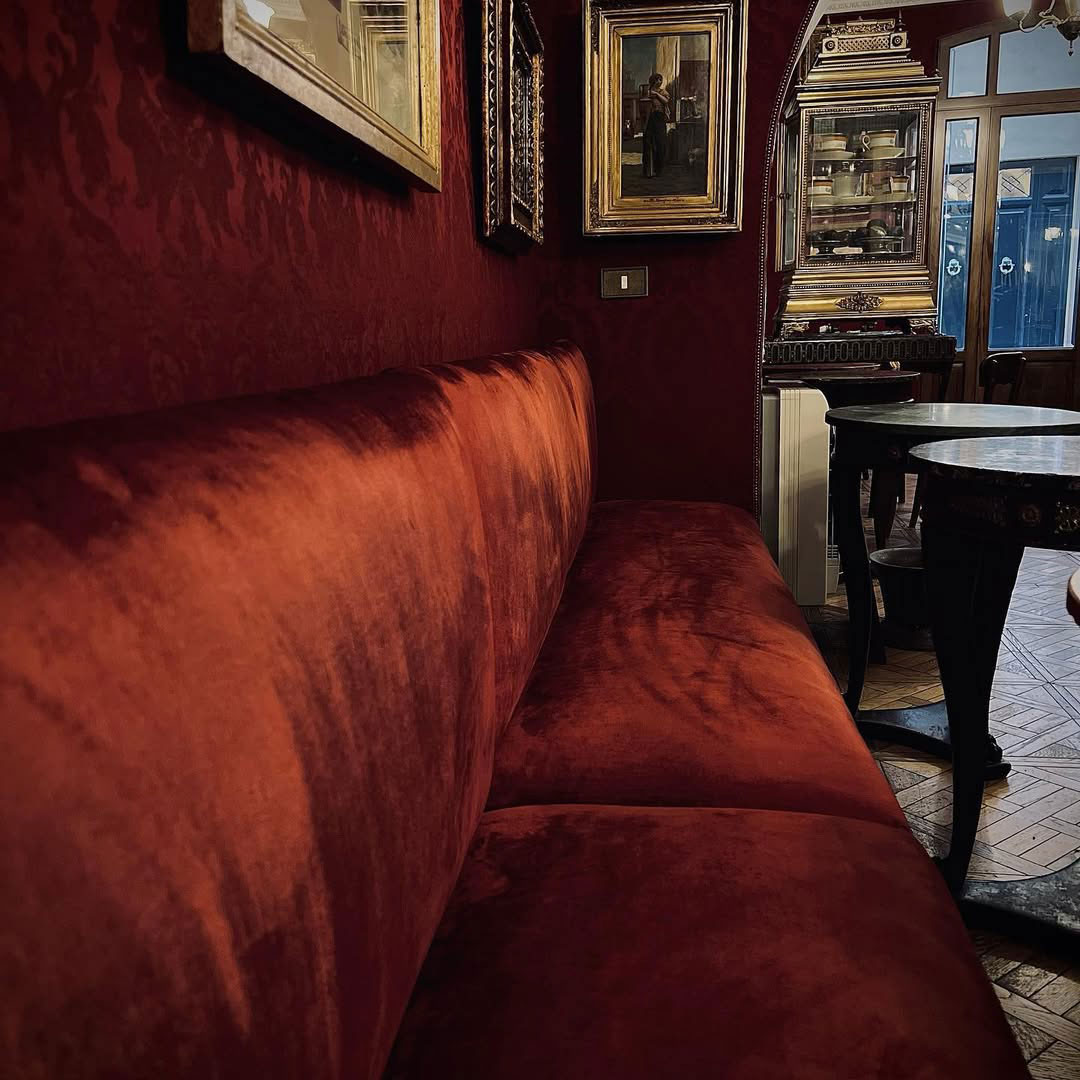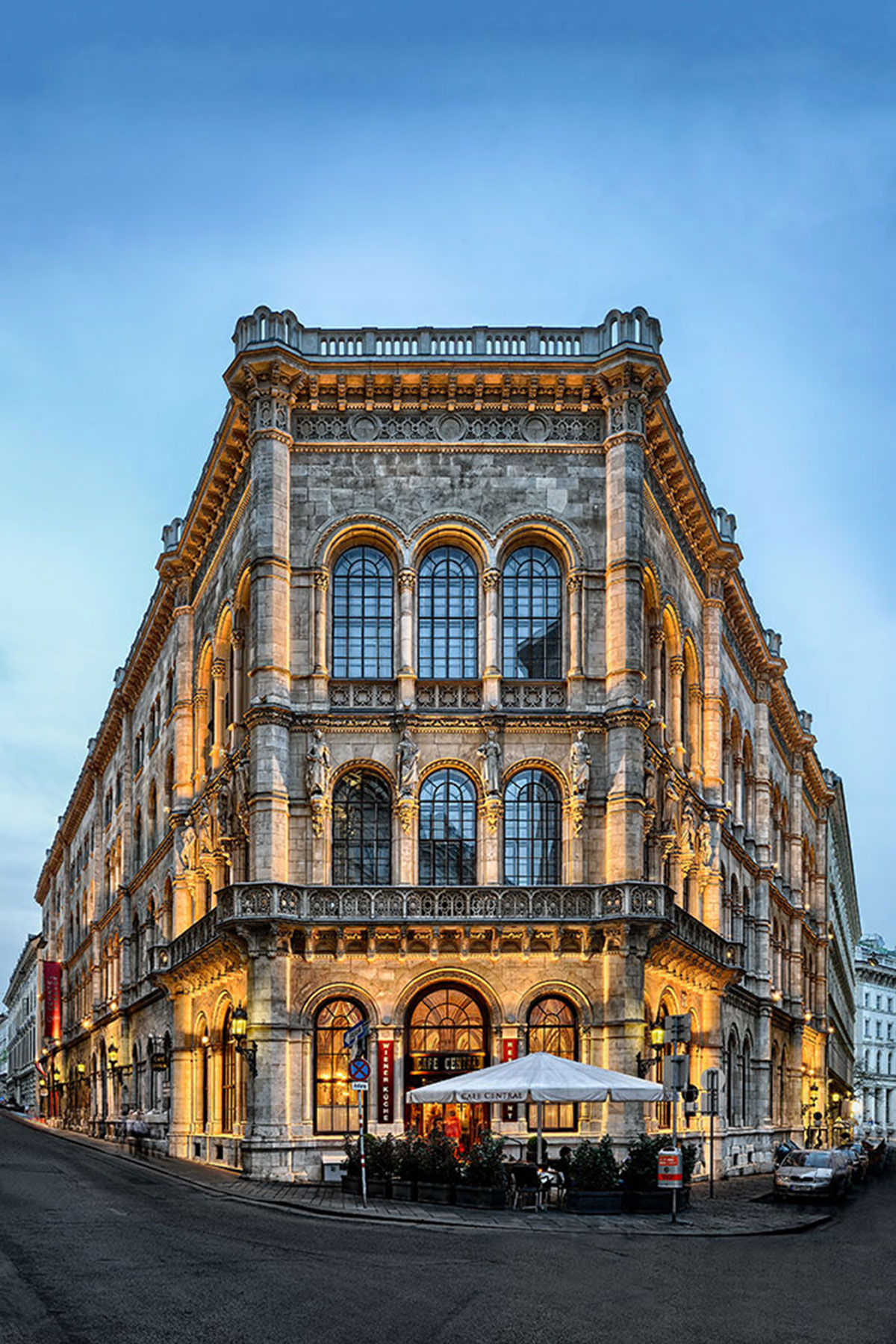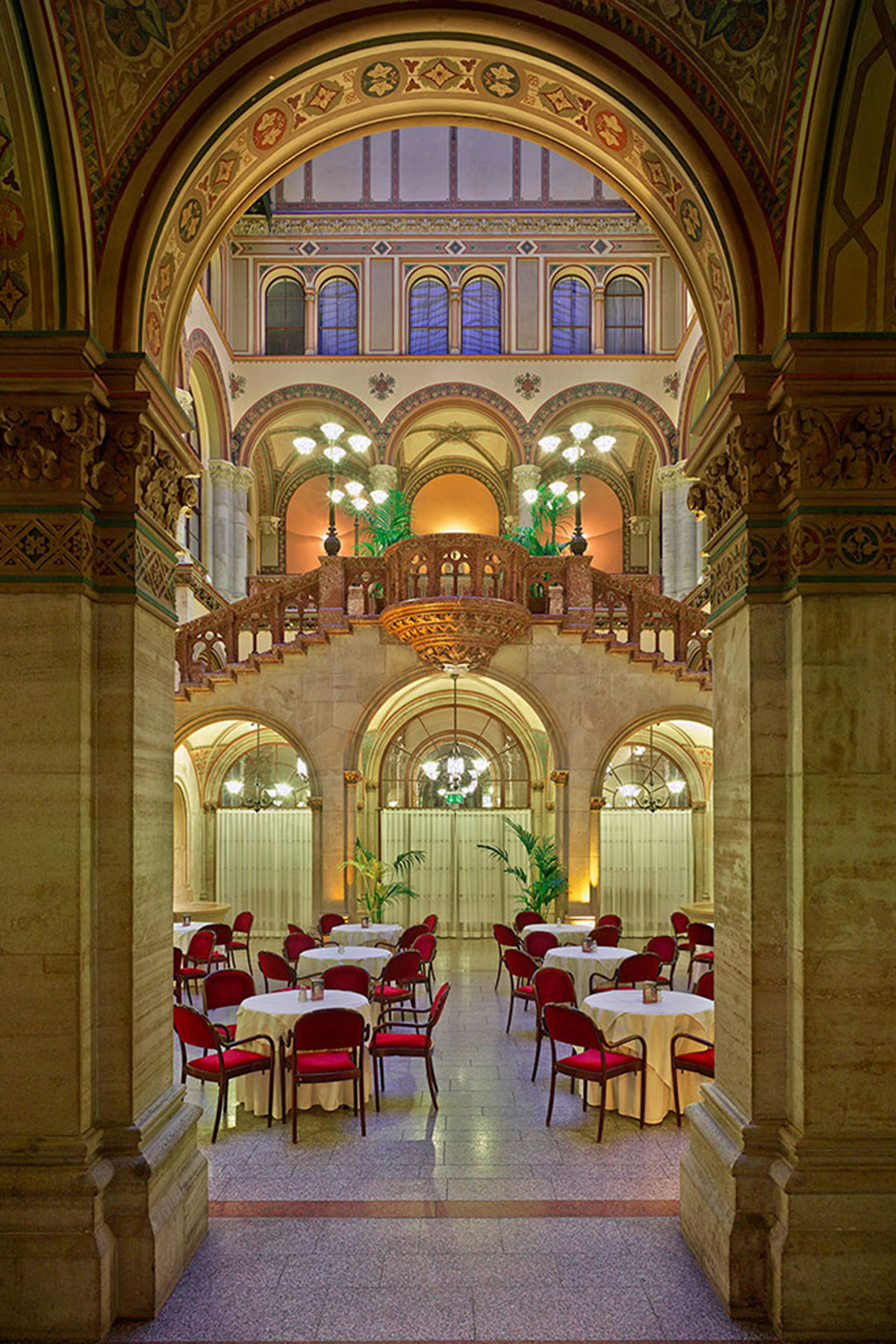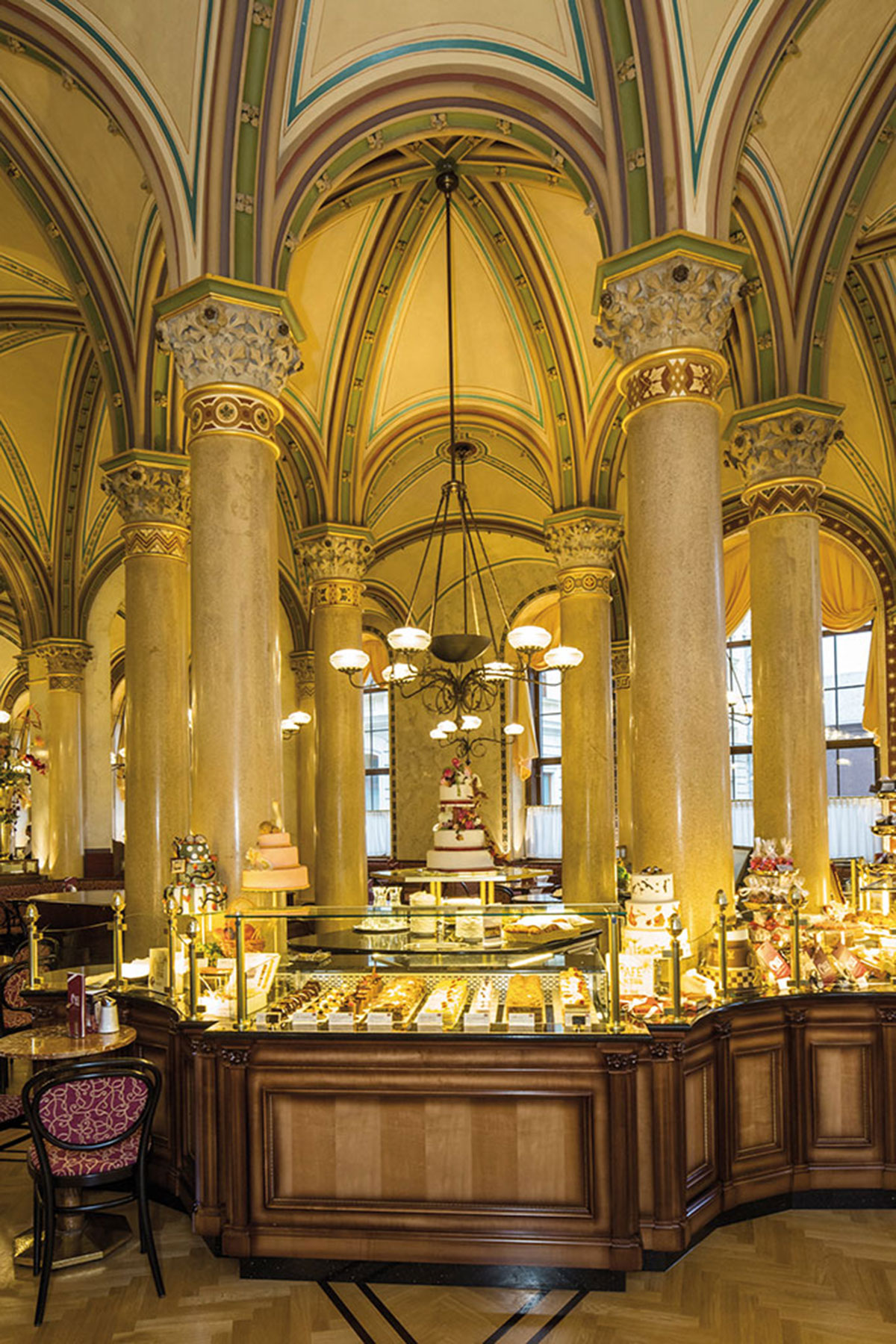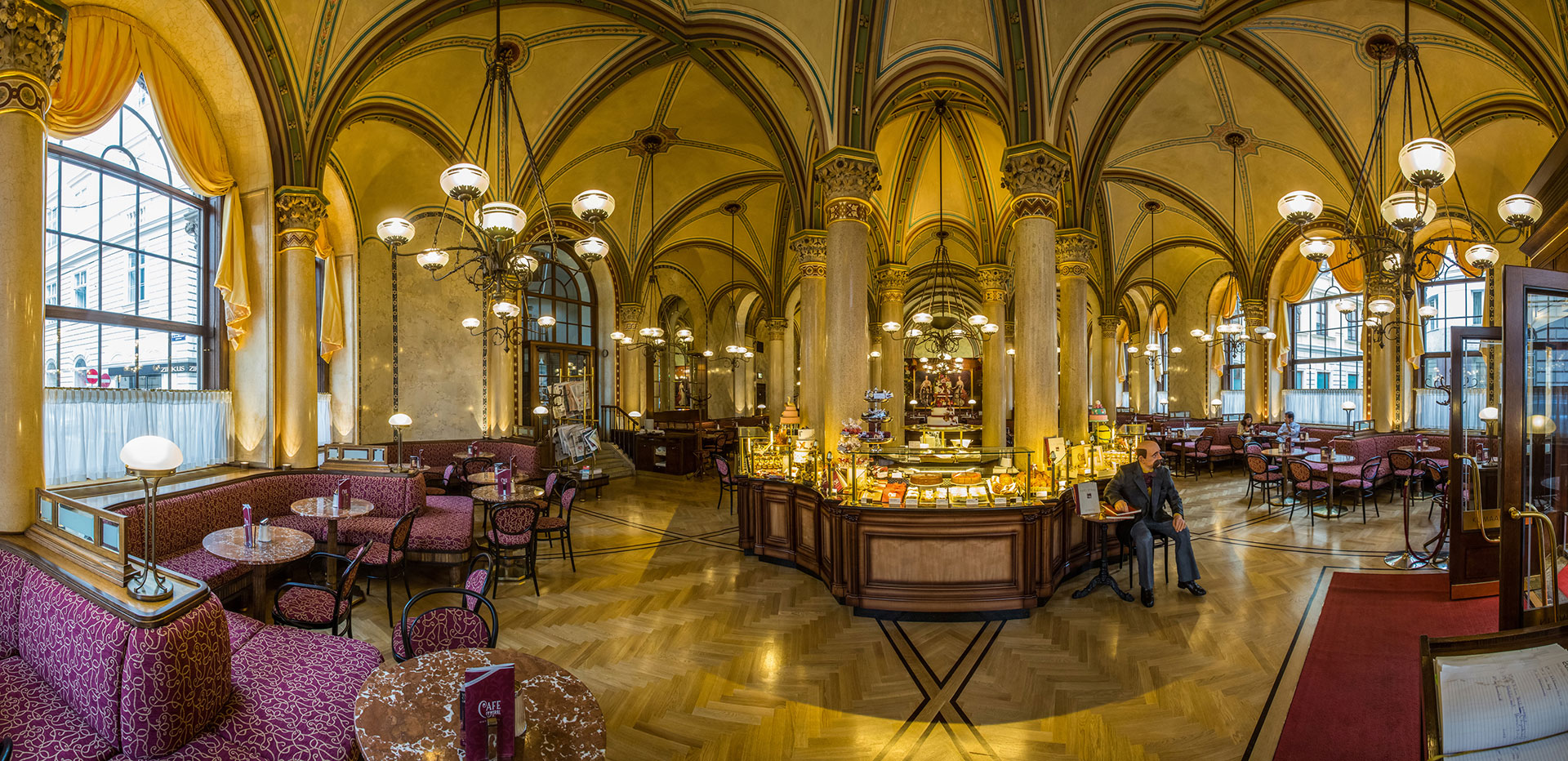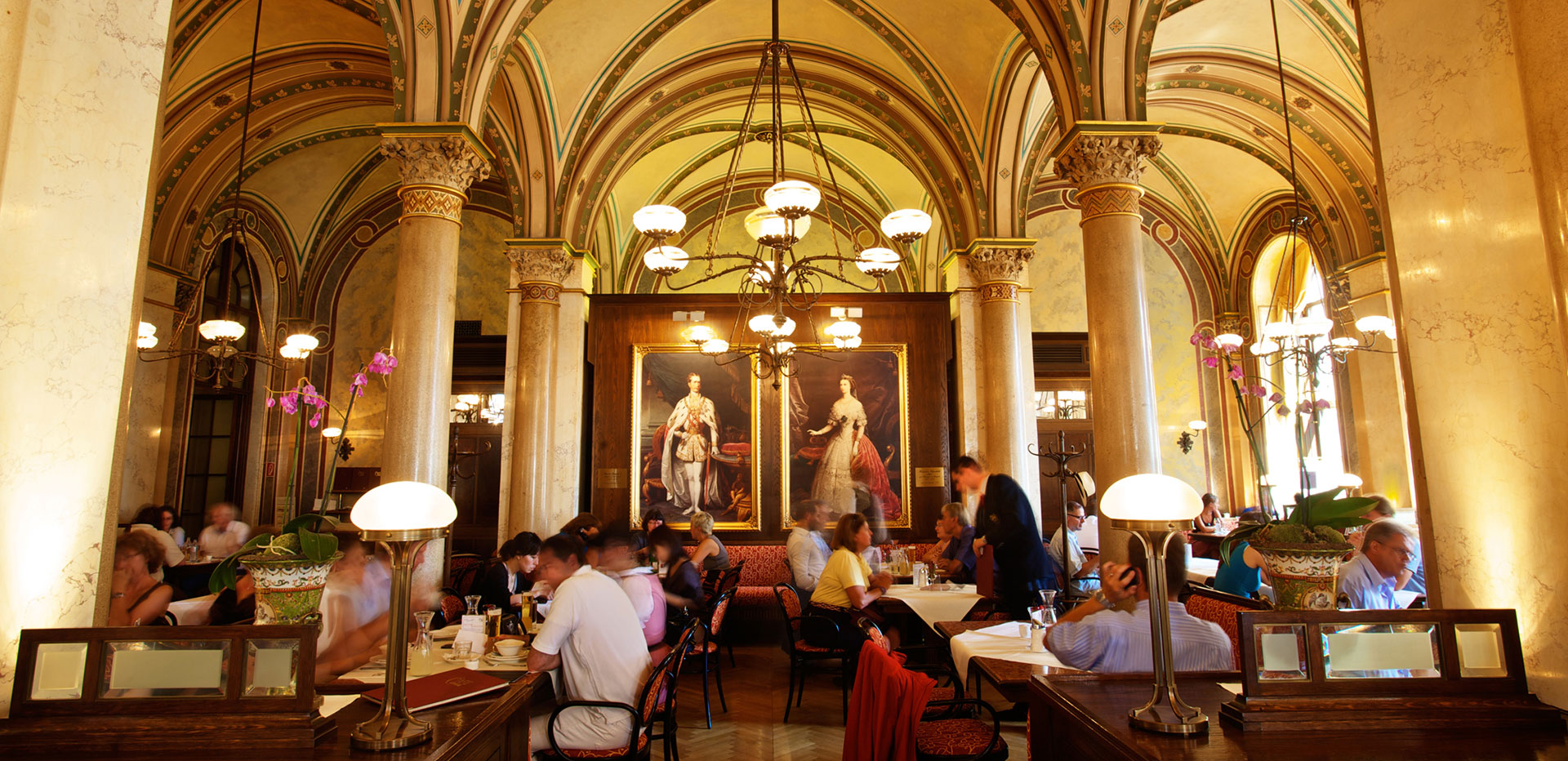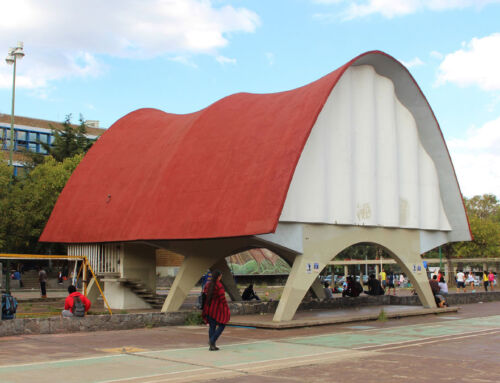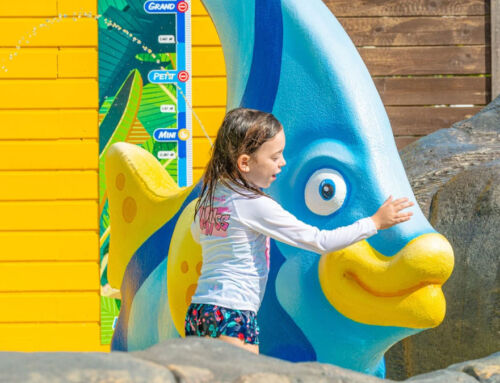According to a legend about the origin of coffee, it was a shepherd named Kaldi from Abyssinia—formerly part of the Ethiopian Empire—who discovered the invigorating effect of the small red berries on the goats in his herd that had eaten them. Another story, however, attributes the discovery of coffee’s energizing effect—very useful for their war expeditions, by the way—to the ancestors of the Oromo, an African ethnic group from south-central Ethiopia, northern Kenya, and parts of Somalia.
In any case, the first documentary source mentioning the use of coffee comes from a certain Abd Al-Qadir al-Jaziri. He tells us that the fruit was brought from Ethiopia to Yemen in the mid-15th century. What all the sources agree on, as we can see, is that the coffee-producing bush is native to Ethiopia, so there is general agreement on this matter. Be that as it may, once it arrived in Yemen, Sufis—coreligionists of the eponymous ascetic movement of Islam—used it to stay awake during their prayers. Coffee consumption subsequently spread northward through Arabia.
The first European reference to the substance was made in 1582, after a 10-year journey through the Middle East, by the German physician, botanist, and explorer Leonhard Rauwolf. In his Eigentliche Beschreibung der Raiß in die Morgenländern (Detailed Description of the Incursion into the Eastern Countries), he speaks of it as “a very good drink they call Chaube, which is almost as black as ink and very good in illness, especially of the stomach.” However, coffee arrived in Europe around 1600, as one of the many goods carried on Venetian trading ships.
After overcoming initial misgivings and the disapproval of some religious leaders, the first coffee houses finally opened in European capitals—in the United Kingdom, France, Austria, Germany, and beyond. According to a record from 1700, there were already more than 2,000 coffee houses in the United Kingdom. Incidentally, the famous insurance company Lloyd’s of London, founded in 1688, began as a coffee house—Lloyd’s Coffee House. And by the mid-18th century, every major European city had coffee houses.
These establishments quickly became places of leisure and social gathering, where one could learn the latest news, the latest gossip, and rumours… even the most advanced issues, and those that were not… How many of those who laid the foundations of ideas and politics, of knowledge and science, of music and culture, did not air or enrich their perspectives in those early coffee houses? In 1734, Johann Sebastian Bach composed the Coffee Cantata (BWV 211), a diversion that ridicules the bourgeoisie’s fondness for the brew! In it, a young woman begs her father not to forbid her from drinking coffee, “tastier than a thousand kisses”; if she marries, she adds, her husband must allow her to drink it!
So, after this brief—and stimulating—introduction, which concludes with a sample of the great popularity that coffee quickly acquired, let’s see which of those early establishments have stood the test of time. They therefore transport us to times when the beverage was part of the city’s intellectual, political, and social life. These historic cafés are, after all, veritable living museums, witnesses to revolutions, artistic movements, and social gatherings. Visiting them is like taking small sips of history.
Café Procope, 1686, Paris, France
Sicilian Francesco Procopio dei Coltelli founded the Procope in 1686, now recognized as the oldest café in Paris. The location of the Comédie-Française theatre company across the street, just three years later, made it the nerve centre of the French Enlightenment. Its marble tables welcomed Diderot and D’Alembert—Encyclopedists—and Voltaire and Rousseau—conspicuous representatives of the Enlightenment—as well as Benjamin Franklin and, later, Napoleon. According to tradition, the latter once left his hat as a guarantee of payment. The current decor of this café-restaurant—Venetian mirrors, bronze chandeliers, and 18th-century portraits—recreates the atmosphere that inspired the Encyclopedia and the French Revolution. The menu preserves historic dishes, such as the onion soup that fed the revolutionaries.
Caffè Florian, 1720, Venice, Italy
Floriano Francesconi founded the establishment under the arcades of Piazza San Marco. Originally known as Alla Venezia Trionfante, it is the oldest continuously operating café in Italy and one of the oldest in the world. In its early days, illustrious figures such as playwright Carlo Goldoni, Goethe, and Casanova frequented the café, who was undoubtedly attracted by the fact that it was the only café in the city that allowed women. Later, Lord Byron, Marcel Proust, and Charles Dickens passed through its doors or became regulars in its rooms. Its themed rooms—the Senate Room, the Oriental Room, and the Hall of Mirrors—still retain 19th-century frescoes and original furnishings. During Carnival, it becomes the setting for Baroque masquerades from Casanova’s Venice.
Antico Caffè Greco, 1760, Rome, Italy
Since it was founded in 1760 by a Greek merchant, this café on Via dei Condotti has been a haven for artists. Its walls house a remarkable collection of 19th-century paintings, including portraits of illustrious guests such as Goethe, who—it is said—wrote part of his Journey to Italy here. The red salon, whose walls are covered in rich red damask, preserves the piano where Liszt improvised melodies. However, the list of notables, artists, writers, politicians, and intellectuals who have passed through its doors and savoured its coffee is so long that we cannot include it here—Stendhal, Nietzsche, Baudelaire, or Orson Welles are just some examples. On its website, we read that, due to the continental blockade during the Napoleonic era, the availability of coffee was reduced, leading the waiters at Antico Caffè Greco to “serve smaller portions, giving rise to the modern coffee cup we know today.”
Café Central, 1876, Vienna, Austria
This café occupies part of the ground floor of the Palais Ferstel, a Neo-Renaissance building with cast-iron arches named after its architect, Heinrich von Ferstel, which housed the Vienna Stock Exchange until 1877. The café was a kind of laboratory of ideas, the place where the poet and bohemian Peter Altenberg wrote poems, or where Sigmund Freud mentally analysed the dreams of his patients. Due to his fondness for writing in Vienna’s bars and cafés, Altenberg is considered a poet of cabaret and literary cafés. His favourite was Café Central, where his correspondence was even sent. Trotsky, who lived in Vienna as an emigrant from October 1907 until the beginning of World War I, used to play chess at Café Central.
The writer Alfred Polgar even wrote a Theory of the Café Central that gives us a small taste of the intellectual climate of the early 20th century: “It is not a coffee shop like other coffee shops, but a way of seeing the world (…). Its inhabitants are for the most part people whose hatred for their fellow men is as intense as their desire to be with other people, who in turn also want to be alone but need company. The Central’s customers love and despise each other (…). Some authors find that when they are at the Central, nothing occurs to them. Outside of it, even less so.”
The Café Central consolidated a popular Viennese preparation: the Wiener Melange, a mixture of coffee and milk in tall cups, accompanied by water and sugar, whose preparation ritual it refined, a standard that endures today in the city.
We’ll leave for Part II the rest of the cafés, authentic temples of leisure, which we have selected for you for their social and historical, but also architectural interest.
Sources: Café Procope Wikipedia, Café Florian Wikipedia, Café Central Wikipedia, Antico Caffè Greco Wikipedia.
Images: Café Procope, Caffè Florian, Café Central, Antico Caffè Greco.


